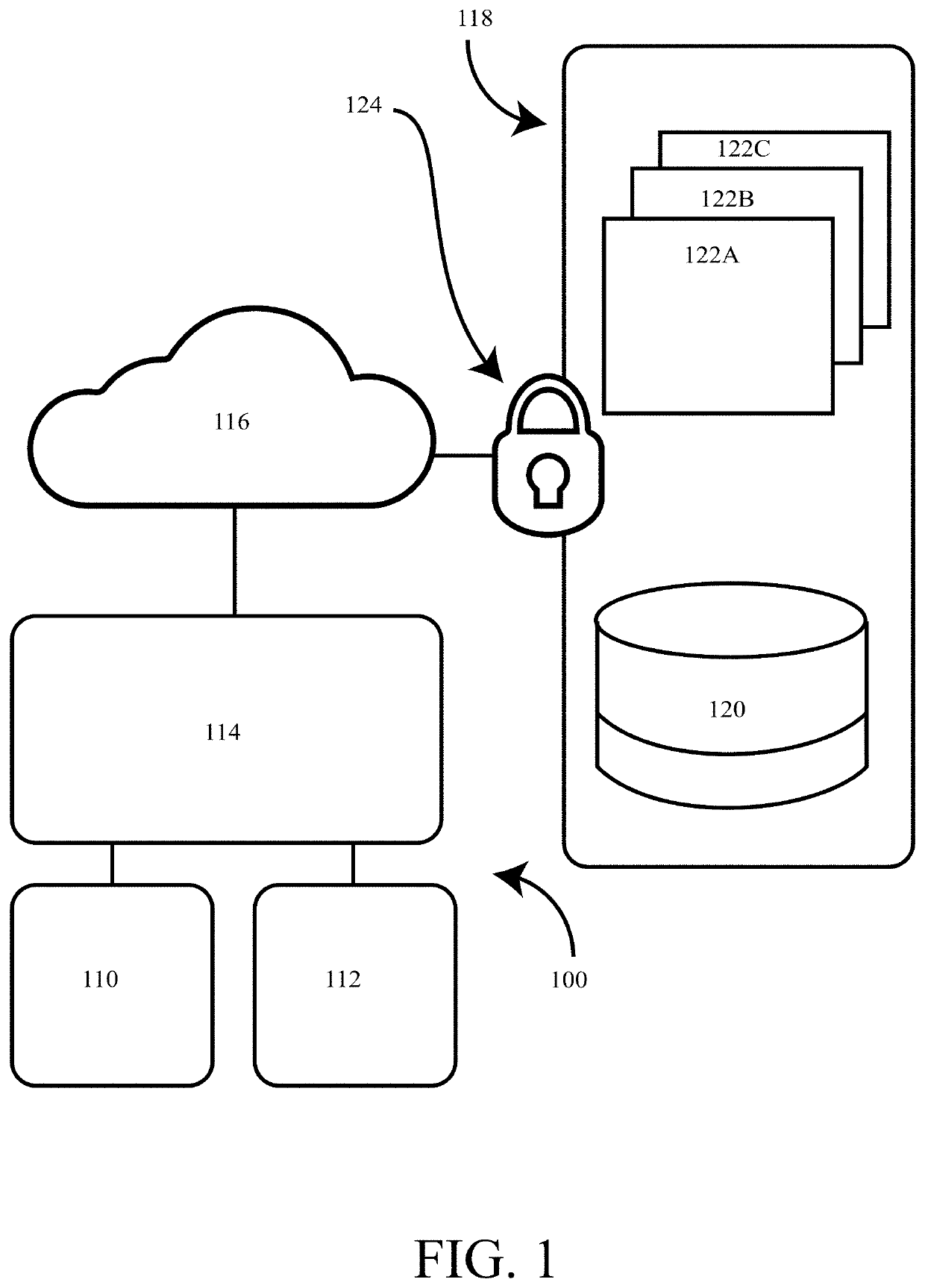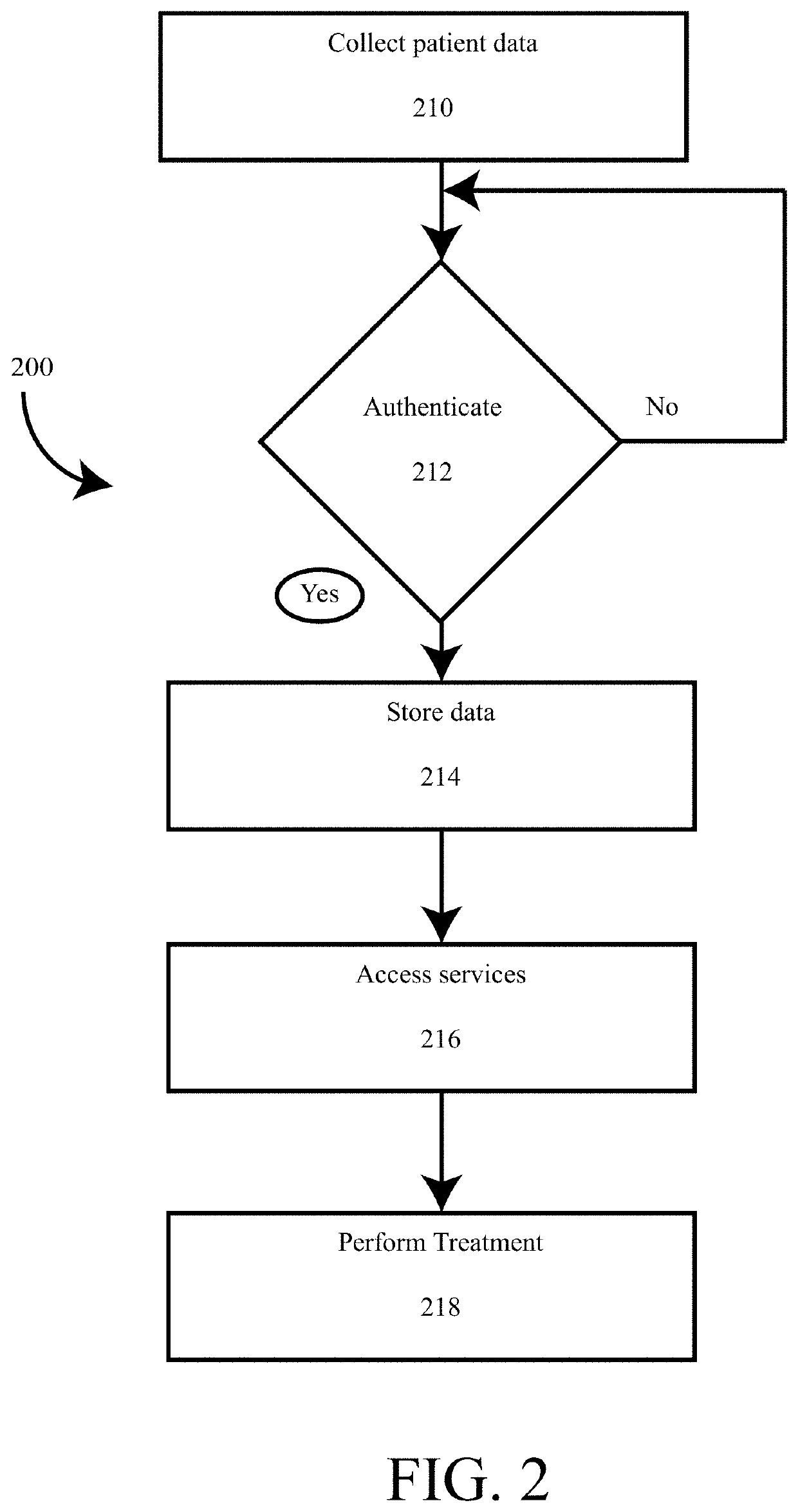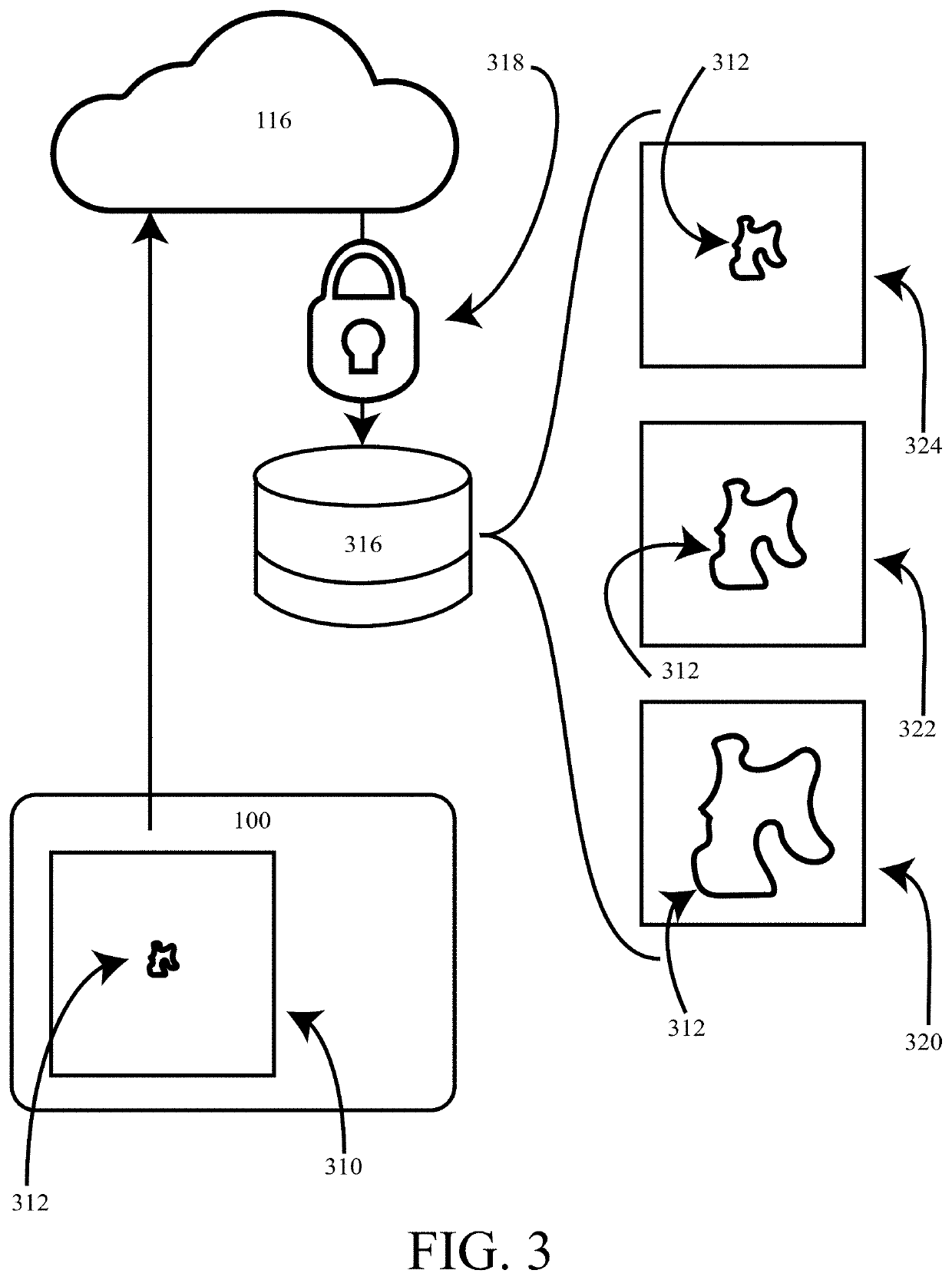Systems, methods and computer-accessible medium for a feedback analysis and/or treatment of at least one patient using an electromagnetic radiation treatment device
a technology of electromagnetic radiation and treatment device, applied in the field of at least one patient feedback detection and/or treatment, can solve the problems of considerable embarrassment and distress, inability to streamline documentation, and difficulty in accurately delivering emr to patients
- Summary
- Abstract
- Description
- Claims
- Application Information
AI Technical Summary
Benefits of technology
Problems solved by technology
Method used
Image
Examples
Embodiment Construction
[0024]To that end, according to certain exemplary embodiments of the present disclosure, systems, methods and computer-accessible medium can be provided to detect and record plasma events in order to document and track treatment safety and effectiveness and image the treated tissue to accurately deliver EMR to the treatment region and / or treatment of at least one patient. These capabilities can address a number of technical problems currently preventing widespread successful treatment of dermal pigmentation and other hard to treat skin conditions with EMR-based systems.
[0025]According to exemplary embodiments of the present disclosure, various systems, methods and computer-accessible medium can be provided for facilitating feedback detection and / or treatment of at least one patient. For example, it is possible to utilize a data collection system to collect data for the patient(s), and a controller to authenticate access to a remote network, aggregate the collected patient data, stor...
PUM
 Login to View More
Login to View More Abstract
Description
Claims
Application Information
 Login to View More
Login to View More - R&D
- Intellectual Property
- Life Sciences
- Materials
- Tech Scout
- Unparalleled Data Quality
- Higher Quality Content
- 60% Fewer Hallucinations
Browse by: Latest US Patents, China's latest patents, Technical Efficacy Thesaurus, Application Domain, Technology Topic, Popular Technical Reports.
© 2025 PatSnap. All rights reserved.Legal|Privacy policy|Modern Slavery Act Transparency Statement|Sitemap|About US| Contact US: help@patsnap.com



